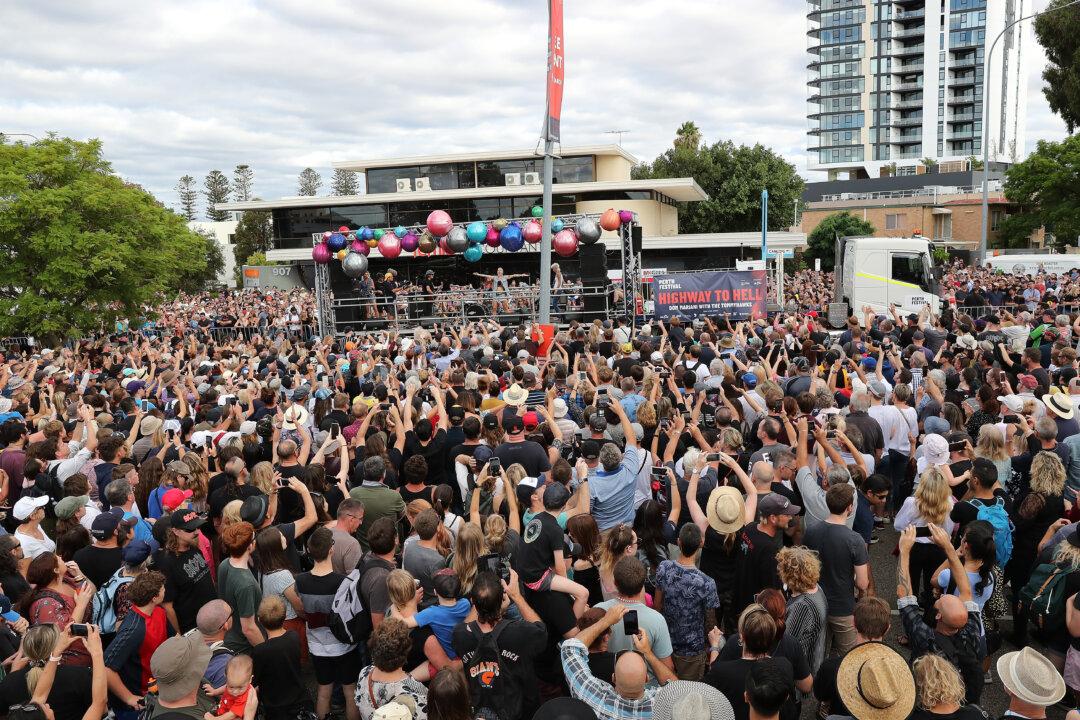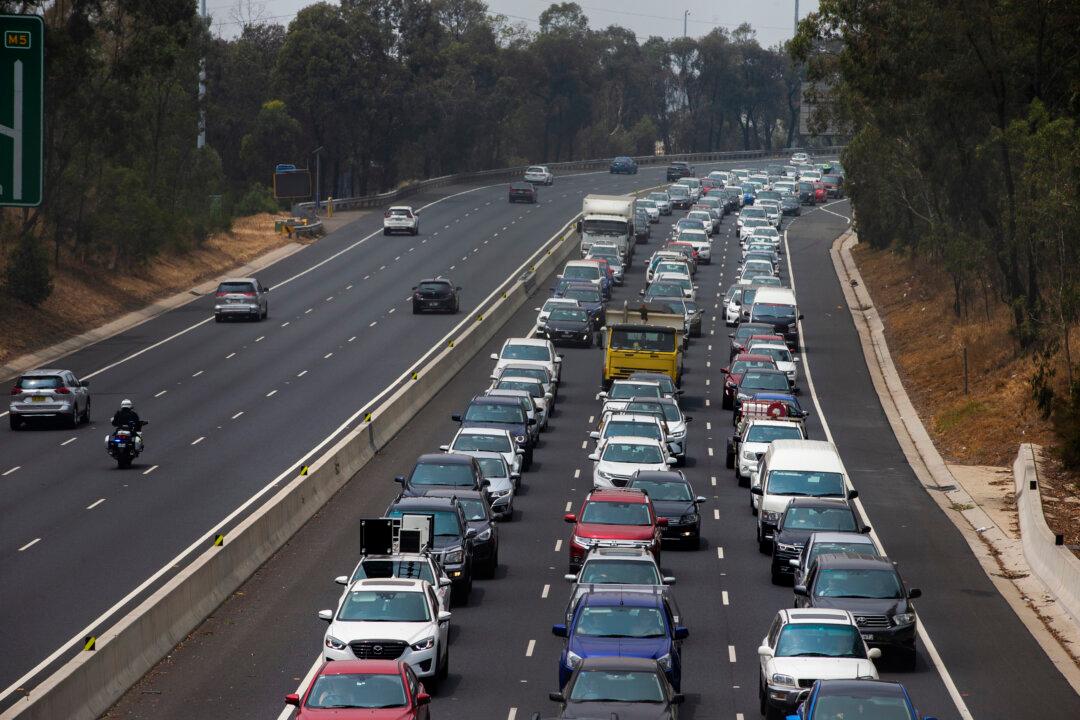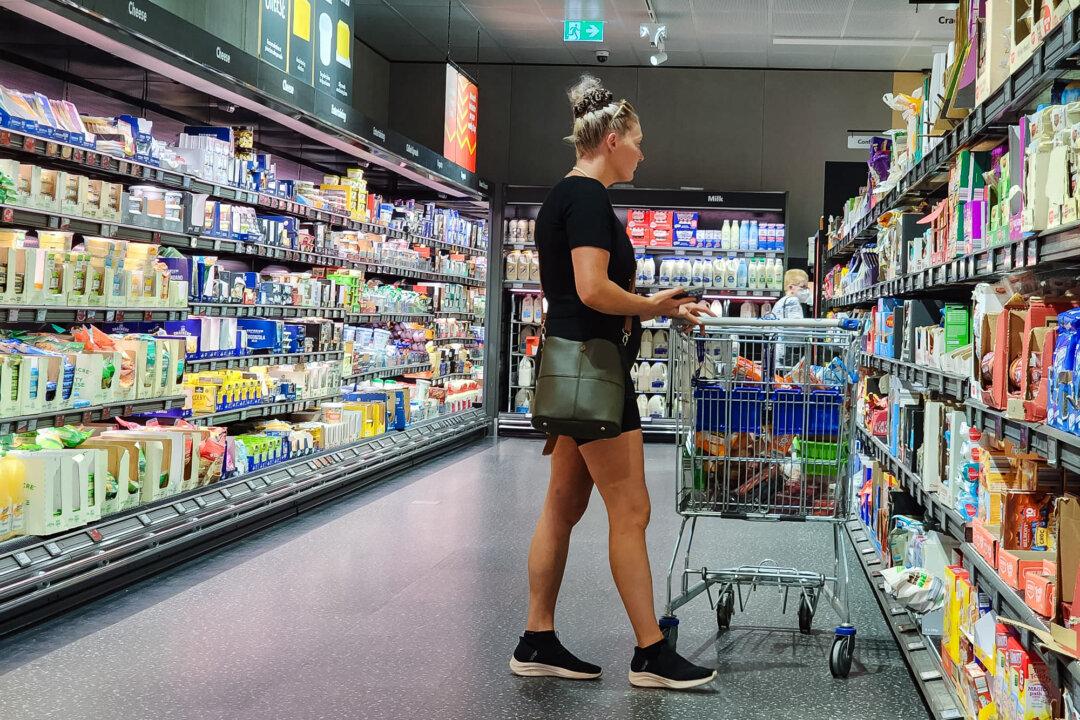A study of professional musicians in Australia has revealed that nearly half of them earn yearly incomes well below the national poverty line and many also have to cope with abuse while performing.
The Media, Entertainment and Arts Alliance (MEAA) is a union and professional organisation representing workers in the media, entertainment, and arts industries in Australia. Membership includes journalists, actors, dancers, and musicians.





